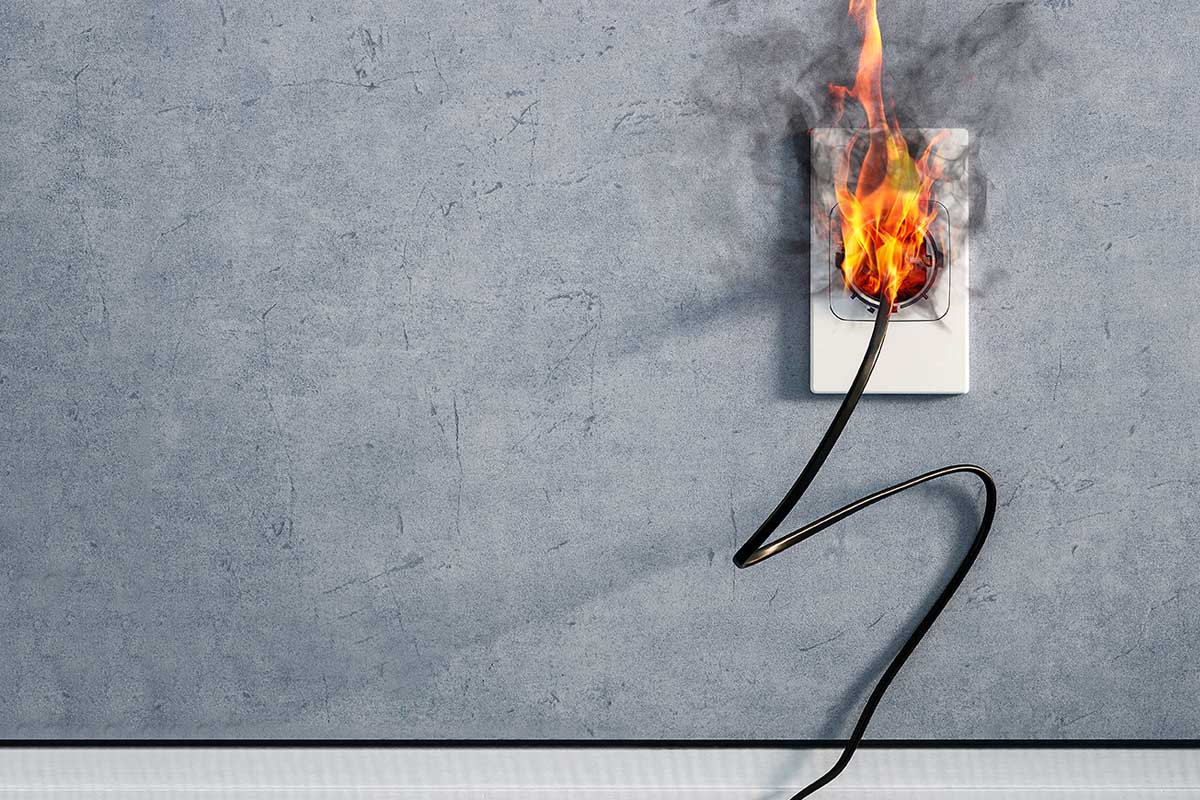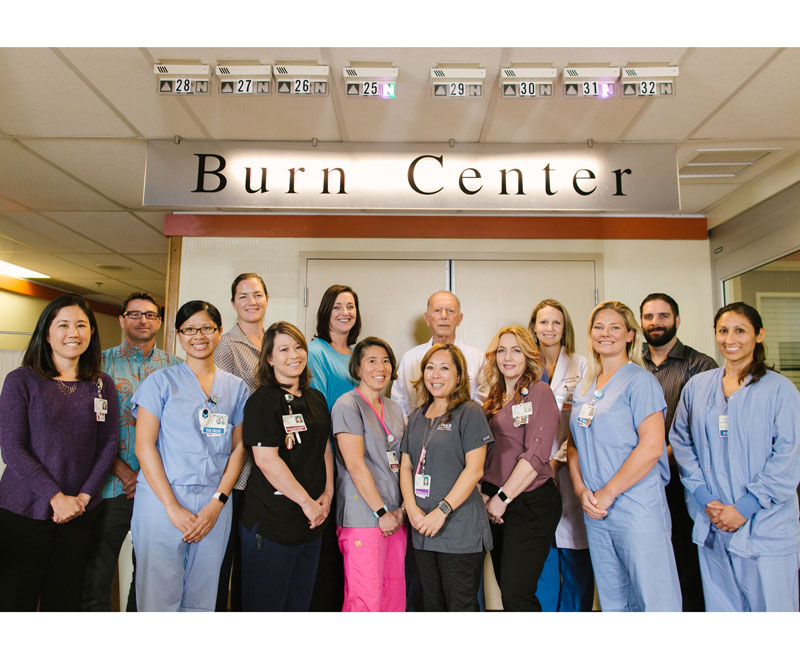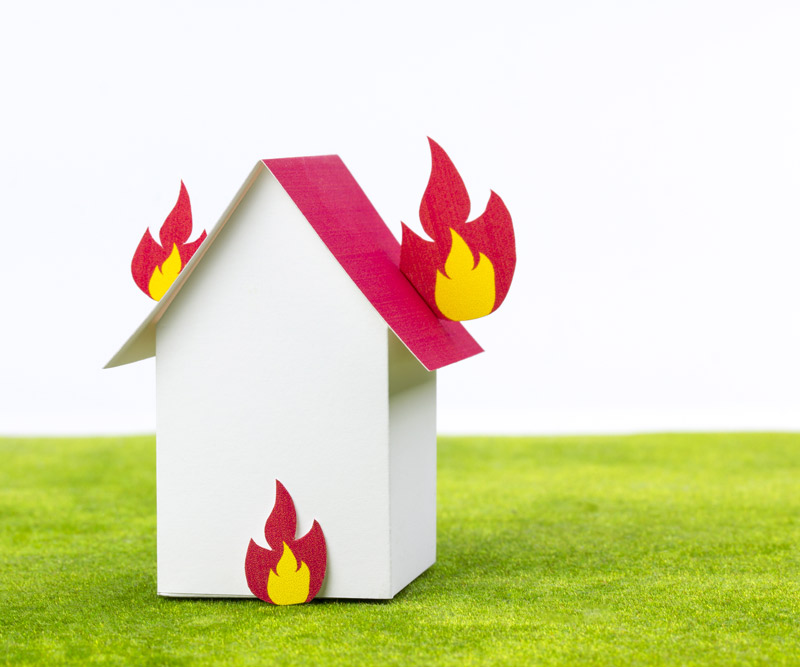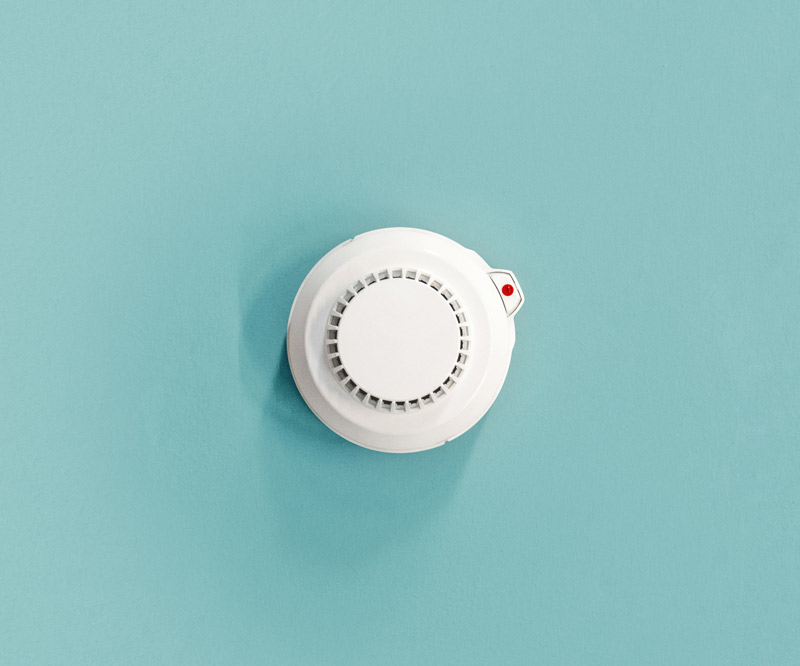
Burn Awareness Week Offers Important Burn Safety & Prevention Tips
Did you know that every 60 seconds someone in the United States sustains a burn injury serious enough to require treatment? Prior to 1983, burn victims in Hawaii had to be flown to California via military transport for treatment. That all changed with the opening of the Burn Unit at Straub Medical Center, which today is the only burn unit in Hawaii and the Pacific region.
Burn Awareness Week, observed annually during the first full week of February, is a window of opportunity to increase the public’s awareness of the frequency and causes of burn injury, and the advances in burn care available today.
Many burn injuries are preventable. However, when burns do occur, it’s important to the get the appropriate treatment for the type of burn.
Types of Burns
Some burns can be minor injuries that can be treated at home. Others are more severe that can cause lasting damage and require immediate medical treatment.
The type of burn you have depends on the cause and how severely your skin has been hurt.
- Thermal burns are heat-induced burns that can occur when the skin comes in contact with any heat source. This might be from a cooking pan, an iron, a fire, a hot surface, or a hot, scalding liquid or gas.
- Chemical burns can occur when strong acids or alkalis come into contact with the skin and the eyes. Burns can also occur when a child inhales or eats these substances.
- Electrical burns occur when there is contact with electricity. Their severity is normally dependent on the type of electricity. Low voltage exposure typically causes less burning and injury than high voltage exposures.
Burn Prevention Tips to Lower the Risk of Injury
Smoking and open flame are the leading causes of burn injury in adults, while scalding is the leading cause of burn injury in children. Both infants and older adults are at the greatest risk for burn injury.
Tips to help prevent or lower the risk of burn injuries include:
- Check smoke detector batteries and test your smoke detectors often.
- Keep a fire extinguisher in the kitchen and garage.
- Keep appliances unplugged when not in use.
- Install safety caps on electrical outlets and be sure not to overload outlets.
- Turn down your water heater to 120°F or lower.
- Never leave the stove or oven unattended while using.
- When cooking, keep pot handles turned inward on the stovetop and away from the edge of the stove.
- Store harmful chemicals and cleaners in a secure area.
Since 1983, the Straub Burn Unit has treated more than 2,000 patients admitted for lifesaving and limb-preserving procedures, intricate wound assessment and other specialized treatment. Each year, the center provides state-of-the-art burn and wound care for victims of thermal, electrical and chemical burns, as well as severe skin diseases such as necrotizing fasciitis, toxic epidermal necrolysis, road rash and any condition that requires skin grafting.
In the event that you do sustain a thermal, chemical, electrical or other type of burn, seek medical attention immediately.
Published on: February 12, 2021




